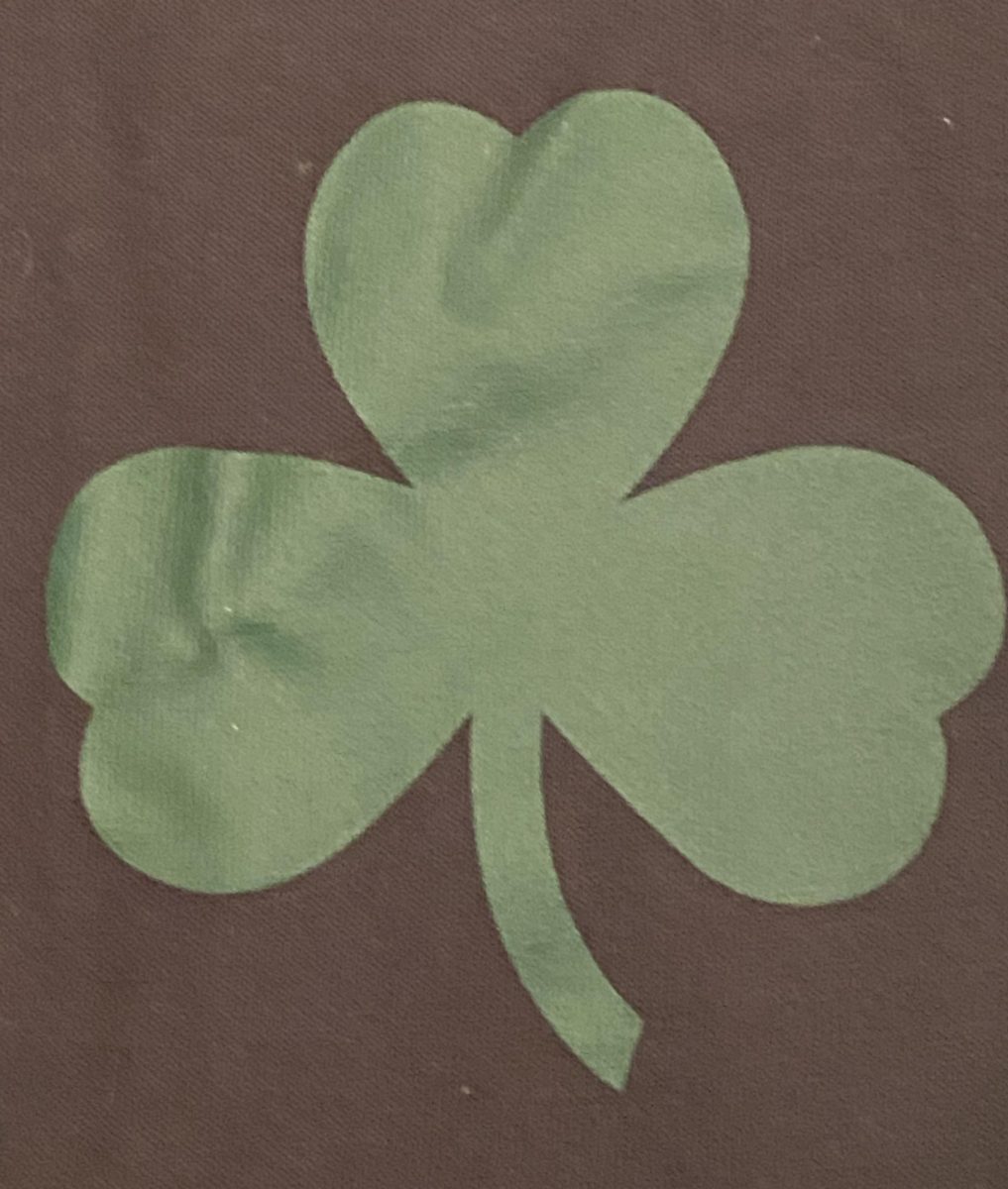St. Patrick’s Day is a national Irish holiday celebrated by many countries around the globe. Despite it being an Irish holiday, people of other religions also celebrate it globally.
The history of St. Patrick’s originates as a day to honor St. Patrick, who was born in Roman Britain but brought to Ireland as a slave. He ended up escaping Ireland but came back and spread Christianity throughout the country. He also instituted churches and schools. He did many other things to help such as getting the Snakes out of Ireland and using the Shamrock to reveal the Holy Trinity. Although the year of his death is not exactly certain, the month and day of March 17th are known. Since his death, St. Patrick’s Day has been celebrated with large feasts and religious ceremonies on March 17th annually.
The holiday, originating in Ireland, was first only celebrated there. However, as immigration increased in the 1700s and the number of Irish in America increased, so did St. Patrick’s Day celebrations in the U.S. These immigrants tended to flock to the cities, so early American cities such as Boston and New York have been holding St. Patrick’s Day parades since the mid-1700s. Also, S]since 1962, the Chicago River has been dyed green every year to celebrate. Chicago also had parades during St. Patrick’s Day weekend.
People across the world also celebrate in unique ways. Typical festivities may consist of wearing green, picking four-leafed clovers, searching for leprechauns, and listening to Irish music. Some specific foods and drinks are used to celebrate. A popular dish is corned beef, cabbage, and bacon. A well-known drink consumed in celebration is a pint of Guinness. Guinness is an Irish dry stout (beer). Sometimes, people take their celebrations even further by dyeing their Guinness green.
Partly Irish student, Andrew Tropp ‘26 says, “We have corn beef and cabbage every year, and sometimes my dad plays Irish music while we eat.”
Multiple symbols are associated with St. Patrick’s Day. The first and most well-known one is the color green because Ireland has many grassy fields, which make up most of the country’s landscape. However, green is also associated with the holiday because of the four-leaf clover and the shamrock. When the English would take Irish land, the people of Ireland would wear shamrocks to show their national pride.
Another historic symbol of St. Patrick’s Day is the leprechaun. The leprechaun comes from ancient Irish mythology which is still used in St. Patrick’s Day celebrations today. Leprechauns are thought to be small supernatural creatures who love gold and shoe-making, are secretive and hard to see. That is why so many celebrations today include trying to trap or catch the leprechaun, hoping it may leave a pot of gold.
St. Patrick’s Day is an extremely cultured, festive, and exciting holiday with a rich history. It is full of great celebrations that are enjoyed by millions of people across the world.














Vas Krithivas • Apr 28, 2024 at 5:32 pm
This is a great article Written lucidly with free flow of thoughts
I love it
Vas Krithivas